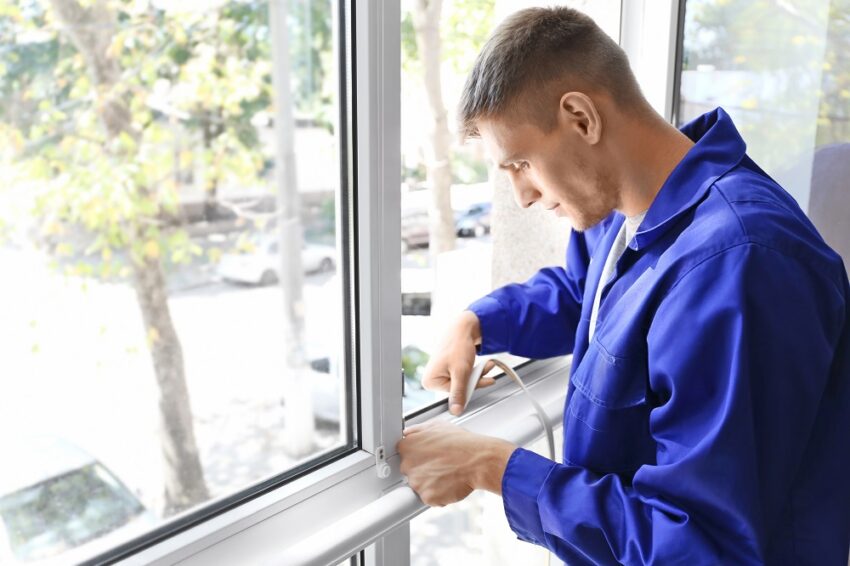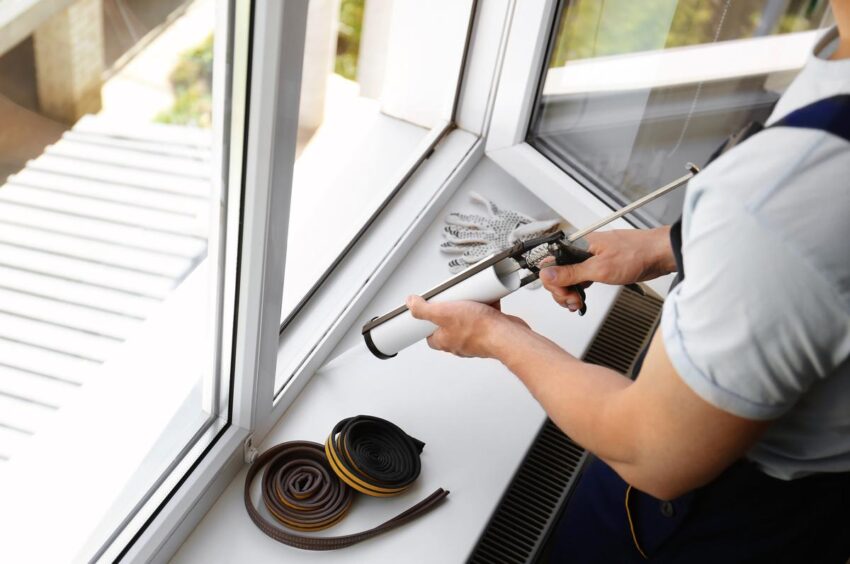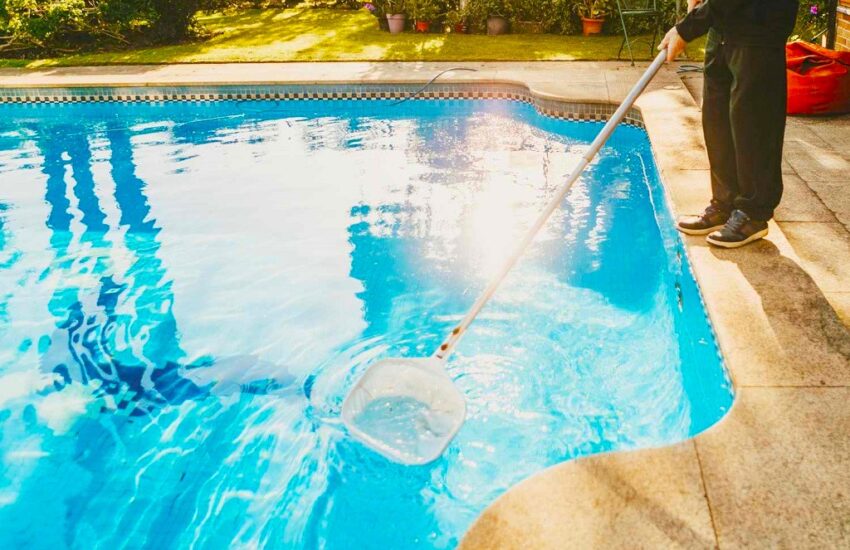Windows are one of the biggest isolators present in your home. They are designed to let natural light and fresh air into your home while keeping heat and noise out. Unfortunately, many homeowners underestimate window insulation as a way to reduce energy bills. While windows are an effective way to keep heat and noise out of your home, they can be an under-insulated barrier to keeping heat from escaping your home and reducing utility bills. If you’re looking for ways to make all-weather rooms or sunrooms in your home more comfortable, consider insulating your windows. Here’s a complete guide on how to insulate windows at home with optimum results.
How to insulate your windows

There are a variety of ways to insulate windows, from weatherstripping to adding window coverings like roller shades, draperies, insulated roman shades, insulated panels, or solar shades. Weatherstripping is a material that’s applied to the edges of windows and doors to reduce air leakage and warm-weather condensation. It comes in varied widths and can be used alone or in combination with other insulation materials.
Another option is insulating glass (IG). This is a special type of glass that’s designed to prevent heat loss by blocking the passage of heat waves. IG can be installed directly into windows or doors. It’s also available as pre-fabricated panels that can be installed quickly and easily.
If you’re unable to use any of these insulation methods, consider repairing any cracks in the glazing or glazing seals with weather stripping. The material helps seal gaps between the window frame and the window glass, keeping airtight and creating a barrier against cold air infiltration.
You can also close insulative window coverings at night and on cloudy days and make sure south-facing windows open during sunny days for solar gain. Making these simple environmental tweaks can help you feel the difference in your energy consumption and savings when it comes to insulating your windows.
Things to keep in mind while insulating your windows
-Start with the window frames. Insulate window frames from the inside using weather stripping or foam tape. Weatherstripping seals gaps between the window and frame, preventing heat loss and making your windows secure and weather-tight.
-Apply insulation to the outside of the window frame. The type of insulation will depend on the climate you live in. For example, consider installing insulation panels on the outside of your window frame to help reduce air temperature and energy costs.
-Consider insulating windows during the winter months. This will help reduce energy costs, let in more sunlight, and make your home more comfortable. You can do this by closing insulative window coverings at night and on cloudy days, and opening south-facing windows for solar gain on sunny days
-Use window treatments to trap and hold air between the treatment and the window. This will help keep your windows safe from damage caused by air rushing through them during inclement weather
Start with a thorough assessment of your windows and their current condition before creating a plan for insulating them.
Cost of insulating your windows
The cost of insulating your windows can save you money on your heating bills. Insulating windows not only keeps your home warm in winter and cool in summer, but it also saves energy. An affordable and effective way to insulate windows is with low-E glass. This glass coating reflects heat back into the room in winter, and away from the home in summer, making it more energy efficient. Another option is weatherstripping and insulating windows. This involves applying insulation around the window frame, which helps to keep the home warm in winter and cool in summer. Installing insulated glass can take a few hours and requires professional assistance, but it can help to slow heat transfer and help to keep your home at a more comfortable temperature.
How long will it take to insulate your windows?
If you want to insulate your windows, you can do it fairly quickly with the right materials and techniques.
Start by using foam weather stripping for the exterior doors of your house. This will help prevent cold air from entering the house, which can cause drafts and reduce the insulation value of your windows.
Next, layer window treatments with drapes, sheer curtains, and blinds to increase the insulation value of your windows. The heavier the window coverings, the better insulation they will provide.
If you have sunny windows in your home, consider installing solar screens to keep heat in during the day and let it escape at night. You also can add insulation around the window frame to reduce drafts and keep heat inside. Be sure to keep at least one window in each room operable for safety.
By taking these steps and making small tweaks as needed, you can insulate your windows quickly and easily.
Benefits of insulating your windows
If you are planning to insulate your windows, there are several benefits you can get from it. In the winter, insulating your windows can help keep your home warm and comfortable. It helps reduce air leakage and drafts, thereby preventing cold air from entering your home. This is beneficial for keeping your home warm in the winter months. On the other hand, insulating your windows in the summer can help you save energy and money. They act as a barrier against sunlight and heat, helping to keep your home cool.
Other ways to seal up leaks include using weatherstripping and foam tape. Weatherstripping works by sealing gaps between the window frame and sash with a rubber strip or gasket material. This helps seal leaks that occur around seals, such as around window frame edges or corners. Foam tape is similar to weatherstripping, but it is used to seal gaps between foam insulation and window frame edges. Using window treatments such as drapes, shades, and sheer curtains should also help provide protection against weather elements such as wind and sun.
By insulating your windows well, you can reduce air leaks and drafts, which will lead to improved insulation performance and energy efficiency.
Conclusion
Windows are often neglected in insulation efforts. However, they are some of the most effective insulation materials we have. They block heat and cold air, reduce air leakage, and keep homes warmer in winter and cooler in summer. You can protect your windows from a number of weather-related problems by installing insulation around them. Comment below sharing your experiences with insulation efforts around windows.
You may like to read Cleaning Overgrown Yard: The Herbicide Method








